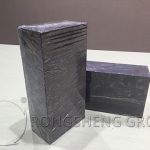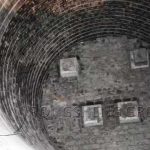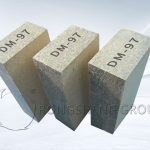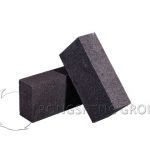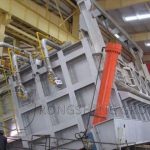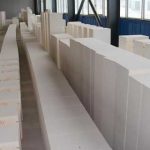Sintered magnesia fire bricks have good high temperature performance and strong resistance to metallurgical slag. They are widely used in basic open-hearth furnaces, electric furnace bottoms and walls of steelmaking, permanent linings of oxygen converters, ferroalloy furnaces, mixing furnaces, and furnace bottoms. And furnace walls; linings for copper, lead, tin, and zinc smelting in non-ferrous industrial furnaces; lime calcining kilns for building materials industry; lattice bodies and civil heat exchangers for regenerators in glass industry; high-temperature calcining kilns for refractory industry, such as high temperature of calcined magnesia Shaft kiln, high temperature tunnel kiln for firing alkaline refractory bricks, etc.
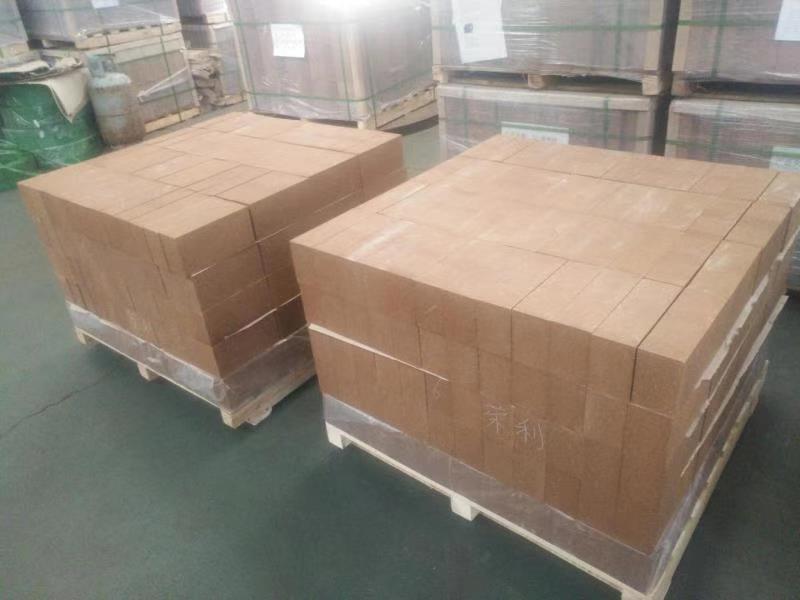
The magnesia refractory brick contains more than 90% magnesium oxide, and it is an alkaline refractory material with periclase as the main crystal phase.
Generally, it can be divided into two categories: sintered magnesia bricks and chemically bonded magnesia bricks. Magnesia bricks with high purity and high firing temperature become directly bonded magnesia bricks due to the direct contact of periclase grains. Bricks made of fused magnesia as raw materials are called fused combined magnesia bricks.
Mgo bricks have high refractoriness and good alkali slag resistance. However, the seismic performance is checked. The fired magnesia bricks are made of magnesia bricks as raw materials. After crushing, batching, and mixing, the temperature is 1550~1600℃. The high-purity product is fired at a high temperature, and the firing temperature of the high-purity product is above 1750℃. The unfired magnesia brick is made by adding appropriate chemical binders to the magnesia, kneading, molding, and drying.
The fired magnesia uses sintered magnesia as the main raw refractory material and paper pulp as the binding agent. After kneading and high-pressure forming, it is fired in a high temperature tunnel kiln above 1550℃. It has good thermal stability, corrosion resistance and peeling resistance. It is widely used in industrial furnaces such as converters and electric arc furnaces as refractory linings.
Sintered magnesia lining bricks have good high temperature performance and strong resistance to metallurgical slag. They are widely used in basic open-hearth furnaces, electric furnace bottoms and walls of steelmaking, permanent linings of oxygen converters, ferroalloy furnaces, mixing furnaces, and furnace bottoms. And furnace walls; linings for copper, lead, tin, and zinc smelting in non-ferrous industrial furnaces; lime calcining kilns for building materials industry; lattice bodies and civil heat exchangers for regenerators in glass industry; high-temperature calcining kilns for refractory industry, such as the high temperature of calcined magnesia Shaft kiln, high temperature tunnel kiln for firing alkaline refractory bricks, etc.



